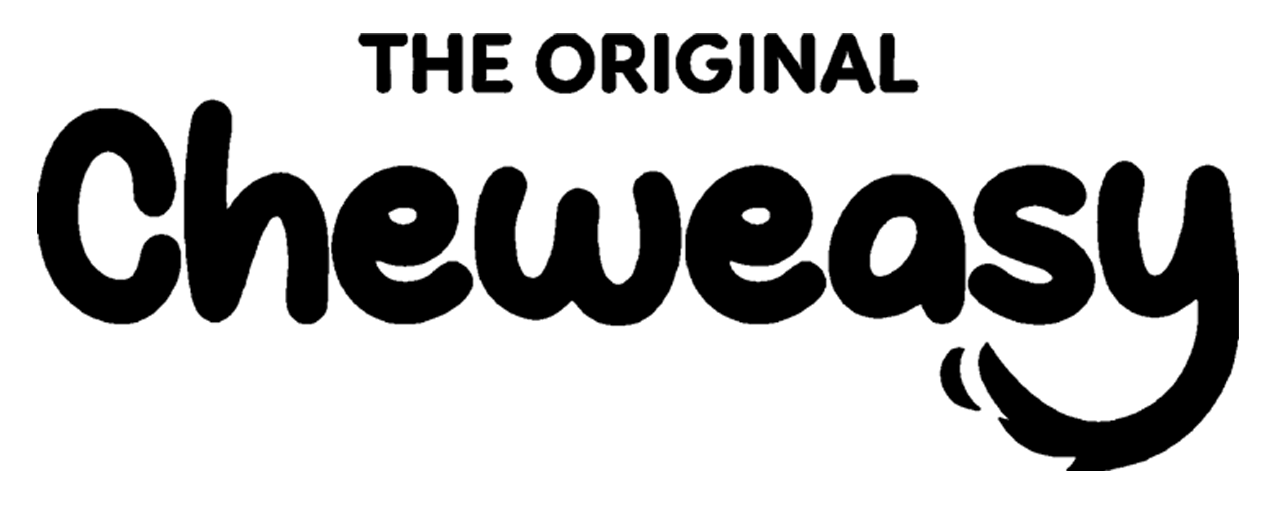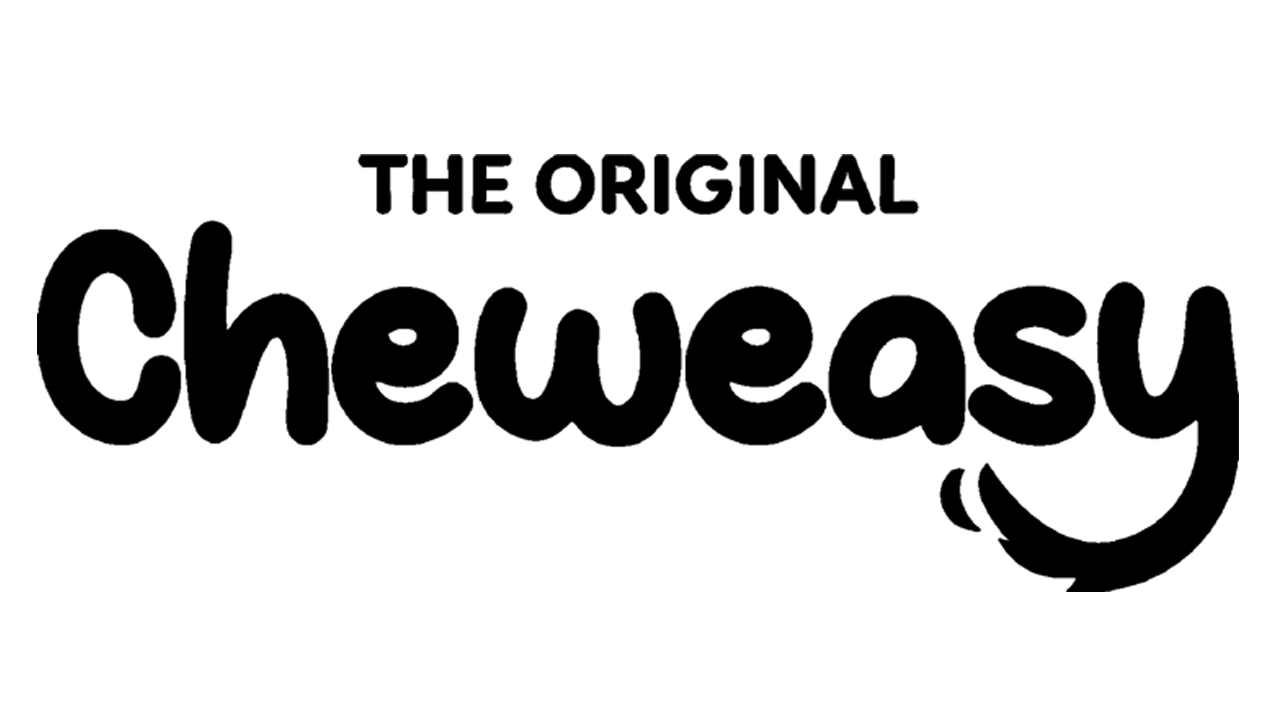As a dog owner in New Zealand, you want the best for your furry friend, and that includes choosing the right diet. With the growing debate between raw feeding and kibbles, it can be challenging to decide what’s best for your dog. In this Cheweasy blog, we’ll explore the pros and cons of raw feeding versus kibbles, helping you make an informed choice based on your dog’s needs and your lifestyle.
What is Raw Feeding?
Raw feeding, also known as a raw or BARF (Bones and Raw Food) diet, involves providing your dog with uncooked meat, bones, vegetables, and fruits. The idea behind raw feeding is to mimic the natural diet of wild canines, which consists of raw animal products.
Pros of Raw Feeding:
- Nutritional Purity: Raw diets are often praised for their high nutritional quality. They contain fresh, whole foods that are free from additives, preservatives, and artificial ingredients.
- Improved Digestion: Many dog owners report that raw feeding improves their dog’s digestion, leading to smaller, firmer stools.
- Health Benefits: Some studies suggest that raw diets can improve skin and coat condition, increase energy levels, and support overall health.
- Natural Behavior: Chewing on raw bones can help maintain dental health and satisfy a dog’s natural instinct to chew.
Cons of Raw Feeding:
- Preparation and Cost: Raw feeding requires careful meal planning and preparation. It can also be more expensive than commercial kibbles, especially if you opt for high-quality ingredients.
- Risk of Contamination: Handling raw meat can pose a risk of bacterial contamination for both pets and their owners. It’s crucial to follow strict hygiene practices.
- Nutritional Balance: Ensuring a balanced diet with all the necessary nutrients can be challenging without proper knowledge or guidance.
- Veterinary Concerns: Some veterinarians express concerns about raw feeding due to potential risks of imbalanced nutrition or bacterial infections.
What are Kibbles?
Kibbles, or dry dog food, are commercially prepared and processed to provide a complete and balanced diet. They come in various formulations, tailored to different life stages, breeds, and health conditions.
Pros of Kibbles:
- Convenience: Kibbles are easy to store, measure, and serve. They also have a longer shelf life compared to raw food.
- Balanced Nutrition: High-quality kibbles are designed to provide a balanced diet with all essential nutrients, vitamins, and minerals.
- Cost-Effective: Kibbles are generally more affordable than raw feeding, making them a practical choice for many pet owners.
- Dental Health: Some kibbles are specifically formulated to help reduce plaque and tartar buildup on your dog’s teeth.
Cons of Kibbles:
- Processing: Kibbles undergo high-temperature processing, which can reduce the nutritional value of some ingredients. They may also contain additives and preservatives.
- Digestibility: Some dogs may have difficulty digesting kibbles, leading to gastrointestinal issues or allergies.
- Lack of Variety: Kibbles may lack the variety of textures and flavors that a raw diet provides, which could affect a dog’s enthusiasm for mealtime.
- Additives: Some kibbles contain artificial colors, flavors, or fillers that may not be ideal for your dog’s health.
Making the Right Choice for Your Dog
Choosing between raw feeding and kibbles depends on various factors, including your dog’s health, your lifestyle, and your budget. Here are some tips to help you decide:
- Consult Your Vet: Always consult with your veterinarian before making any significant changes to your dog’s diet. They can provide personalized advice based on your dog’s specific needs.
- Consider Your Lifestyle: Raw feeding requires more time and effort, while kibbles offer convenience. Assess your ability to commit to meal preparation and handling.
- Evaluate Your Dog’s Health: Some dogs may thrive on a raw diet, while others may do better on kibbles. Monitor your dog’s health and adjust their diet as needed.
- Mix and Match: Some pet owners choose a combination of both raw and kibble diets to provide variety and balance. This approach can offer the benefits of both feeding methods.
Conclusion
Whether you choose raw feeding or kibbles, the most important thing is to provide your dog with a nutritious and balanced diet that meets their individual needs. By understanding the pros and cons of each option and consulting with your veterinarian, you can make an informed decision that supports your dog’s health and well-being. Remember, the best diet for your dog is one that keeps them happy, healthy, and full of vitality.

